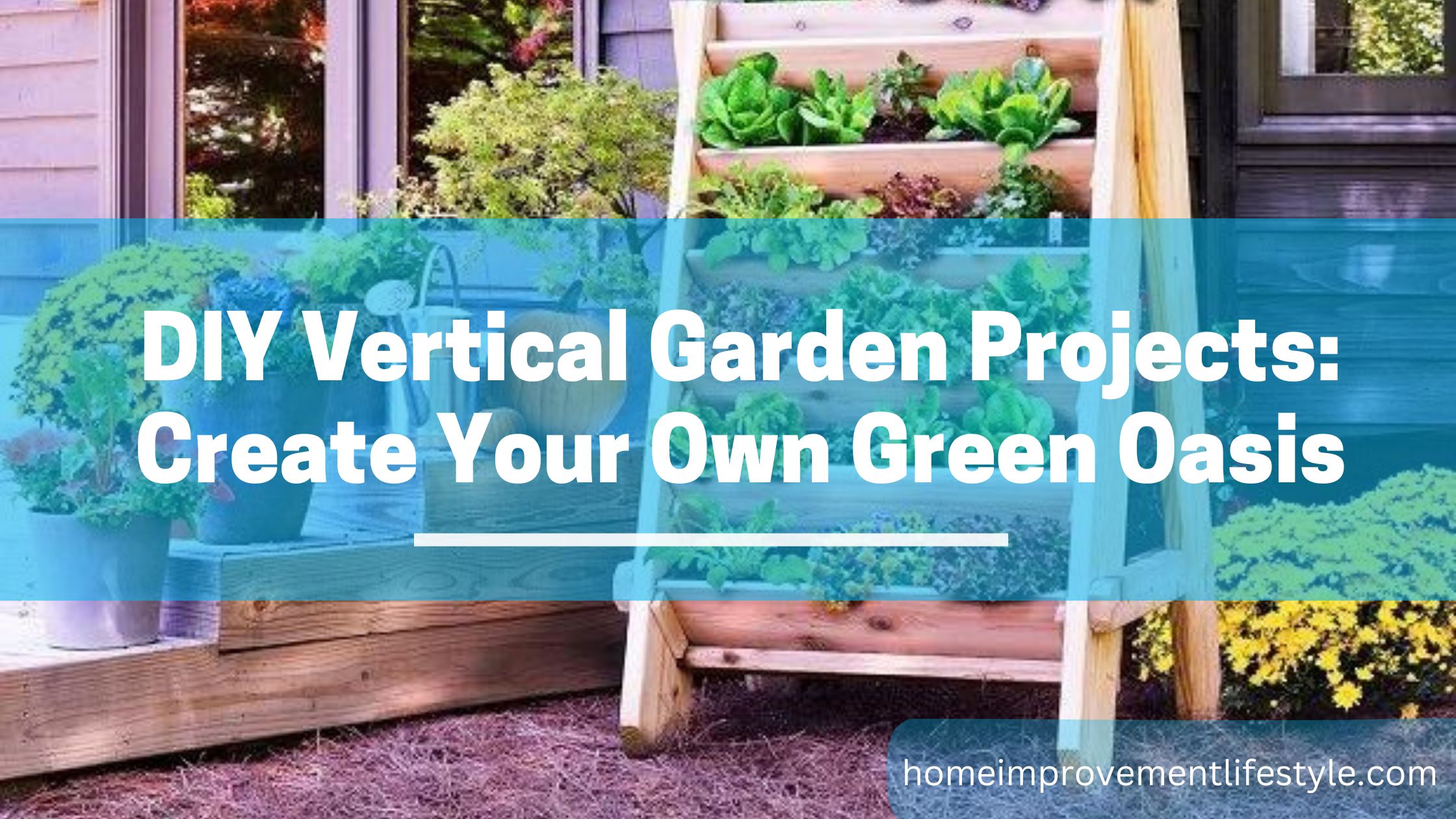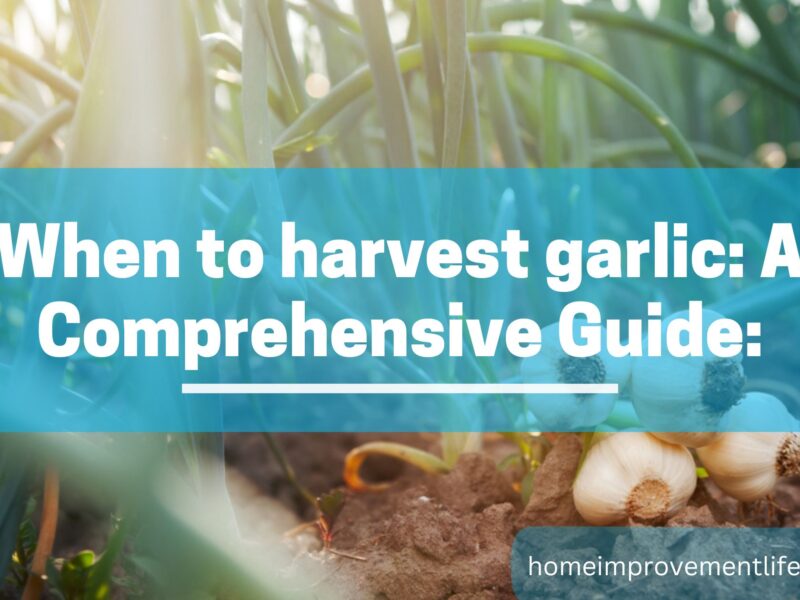Do you dream of having a lush garden but are constrained by limited space? DIY vertical garden projects could be the answer you’re looking for! Vertical gardens, a trending solution in urban gardening, allow you to maximize space and beautify even the tiniest of balconies or patios. In this guide, we’ll explore creative and affordable ways to build your own vertical garden oasis.
What is Vertical Gardening?
Vertical gardening is an innovative technique that lets plants grow upwards, rather than spreading out horizontally. It’s a perfect solution for those with limited garden space and offers a unique aesthetic appeal. From living walls to hanging planters, DIY vertical garden projects are versatile and cater to various styles and preferences.
Vertical Gardening vs. Horizontal Gardening
Space Utilization:
Vertical Gardening: Ideal for small or constrained spaces like urban areas, balconies, or patios. It makes efficient use of vertical space.
Horizontal Gardening: Requires more land area, as plants spread out horizontally. More suitable for larger gardens, fields, or open spaces.
Design and Aesthetic:
Vertical Gardening: Offers unique design possibilities and can be a visually striking element. It can be used as a decorative feature, such as a living wall.
Horizontal Gardening: More traditional and offers a classic garden appearance. Design possibilities are more limited to ground-level layouts.
Plant Types and Selection:
Vertical Gardening: Suitable for climbing and trailing plants, as well as herbs, some vegetables, and ornamental flowers. Specific selection based on vertical support.
Horizontal Gardening: Suitable for a wide range of plants, including most vegetables, fruits, flowers, shrubs, and trees.
Accessibility and Maintenance:
Vertical Gardening: Often easier to access for maintenance, harvesting, and monitoring since plants are elevated. May require specialized care for training and support.
Horizontal Gardening: Maintenance may involve more bending and reaching, especially for ground-level beds. Weeding and care can be more time-consuming.
Watering and Irrigation:
Vertical Gardening: May require specialized watering systems like drip irrigation to ensure even distribution. Drainage must be carefully managed.
Horizontal Gardening: Watering can be done with traditional methods, including sprinklers or manual watering. More forgiving in terms of drainage.
Environmental Impact and Benefits:
Vertical Gardening: Can offer benefits like improved air quality and energy efficiency (e.g., insulation in living walls). May use recycled materials.
Horizontal Gardening: Generally more conventional but can be adapted to sustainable practices like organic gardening, permaculture, etc.
Skill Level and Complexity:
Vertical Gardening: Can be more complex to set up initially, especially for intricate structures like living walls. Various levels of difficulty depending on the project.
Horizontal Gardening: Often more straightforward and familiar to most gardeners. Can range from simple to complex, depending on garden design.
H2. Choosing the Right Plants for Your Vertical Garden
Your choice of plants is essential for a thriving vertical garden. Opt for a mix of:
- Vining and climbing plants like Ivy and Clematis
- Succulents for easy maintenance
- Herbs and vegetables for an edible vertical garden
- Ornamental flowers for bursts of color
DIY Vertical Garden Ideas and Projects
Hanging Planters:
Create a simple yet stunning vertical garden using hanging planters. Utilize pots, containers, or even repurposed bottles and hang them at different levels for visual interest. You should also consider the grow light distance.
Pallet Gardens:
Recycle wooden pallets into an eco-friendly vertical garden. Secure pots or fabric planters, fill them with soil, and add your chosen plants.
Trellis Gardens:
A trellis can become a beautiful frame for climbing plants. Build a trellis from wood or metal, and train plants like roses or tomatoes to grow up and around it.
Wall-Mounted Shelves:
Use wall-mounted shelves or racks to create levels for potted plants. It’s an easy and adjustable DIY vertical garden project suitable for indoors or outdoors.
H2. Care and Maintenance Tips for Your DIY Vertical Garden
- Ensure proper drainage to prevent waterlogged soil
- Regularly prune and train the plants to maintain shape
- Monitor for pests and diseases, and apply organic treatments if needed
- Use a balanced fertilizer to nourish the plants
- Consider drip irrigation for consistent watering
- Apply adequate natural light or use full-spectrum grow lights
Conclusion
DIY vertical garden projects are a trendy and rewarding way to transform limited spaces into flourishing green oases. With creativity, some basic materials, and a love for plants, you can embark on this gardening adventure.
Whether you’re a seasoned gardener or a beginner looking to explore, vertical gardens offer an engaging and fulfilling experience. So grab your gloves, gather your plants, and start building your vertical garden today. Let your imagination grow wild!
H2. FAQs about DIY Vertical Garden Projects
Can I create a vertical garden indoors?
Yes, vertical gardens can be created indoors. Wall-mounted shelves, hanging planters, and even living walls can be designed for indoor spaces. Just make sure to choose plants that thrive indoors and provide proper lighting.
What materials can I use for my DIY vertical garden?
Common materials include wooden pallets, metal or wooden trellises, hanging pots, containers, fabric planters, and repurposed items like bottles or crates. Your choice of materials can depend on your design preferences and available resources.
How do I water a vertical garden?
Watering can be done manually, or you can install a drip irrigation system for consistent watering. Ensure proper drainage to prevent waterlogged soil, especially in container-based vertical gardens.
Are vertical gardens suitable for growing vegetables and herbs?
Absolutely! Many herbs and vegetables like basil, parsley, lettuce, and cherry tomatoes can be grown in vertical gardens. Just ensure that the plants receive adequate sunlight and care.
Do vertical gardens require a lot of maintenance?
Vertical gardens may require regular pruning, training of plants, and monitoring for pests and diseases. However, with proper planning and selection of low-maintenance plants, they can be relatively easy to care for.
Can vertical gardens improve air quality?
Yes, vertical gardens, especially living walls, can improve air quality by absorbing pollutants and producing oxygen. They can be a beneficial addition to both indoor and outdoor spaces.


